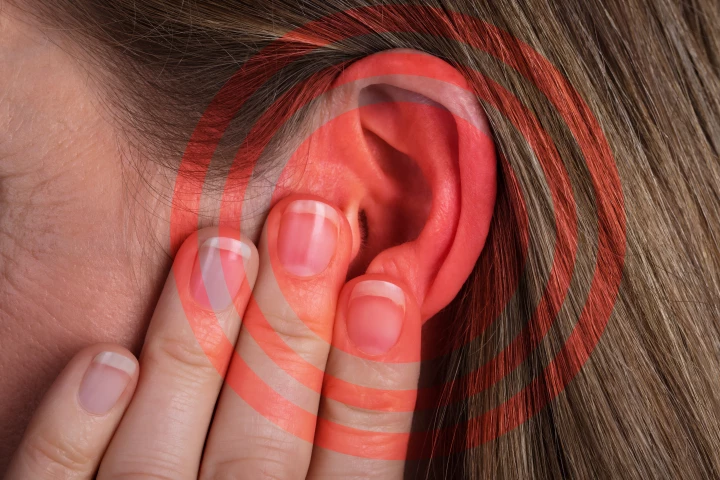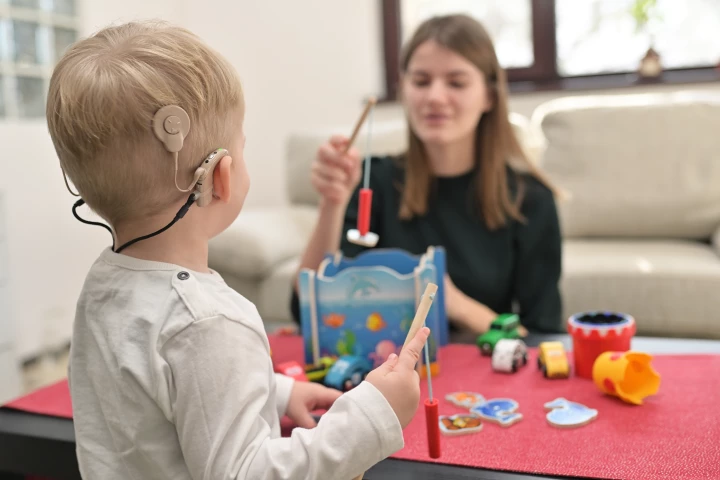Cochlear
-
While cochlear implants do allow some deaf people to hear, they also incorporate potentially problematic external components located on the side of the head. That could soon change, however, thanks to an experimental new implantable microphone.
-
A genetic mutation that triggers a 'molecular domino effect' causing hearing loss mirrors the same kind of noise- and age-related damage. Inhibiting a single molecular response has the potential to protect all ears from a common form of hearing loss.
-
Nearly 60 years after American folk duo Simon & Garfunkel sang their earworm tune “The Sound of Silence,” three researchers have resurrected the age-old question as to whether the absence of noise is something we can hear and our brains can interpret.
-
When deaf athletes with cochlear implants take part in sports, they have to wear headgear that protects the external parts of their implant. A new wearable serves that same purpose, while allowing users to hear the sounds around them much better.
-
In a world first, Amazon has partnered with Cochlear to make watching movies and shows more accessible for folks with hearing loss by streaming audio from a Fire TV device directly to a Cochlear hearing implant's sound processor.
-
The installation of a cochlear implant is a tricky procedure, in which certain nerves may be damaged if the surgeon isn't careful. A new "smart" surgical drill is designed to help, by automatically shutting off if it gets too close to those nerves.
-
Although cochlear implants do allow some deaf people to hear again, adjusting the devices to individual users can be challenging. An experimental new implant is designed to help in that regard, by reading the user's brain waves.
-
For the first time, researchers at the University of New South Wales in Australia have used cochlear implants to regenerate auditory nerves through gene therapy, a process where therapeutic DNA is inserted into cells to treat a disease.
-
Regular cochlear implants incorporate external components that get in the way and are visually unappealing. Now, however, fully internal implants may be coming.
-
Scientists are developing implantable devices that run off of naturally-occurring power generated by a chamber within the inner ear.
-
U.S researchers are developing a tiny middle ear "microphone" that could remove the need for any external components on cochlear implants.
-
A new cochlear implant is designed to alleviate vertigo attacks caused by Meniere's disease.
Load More











